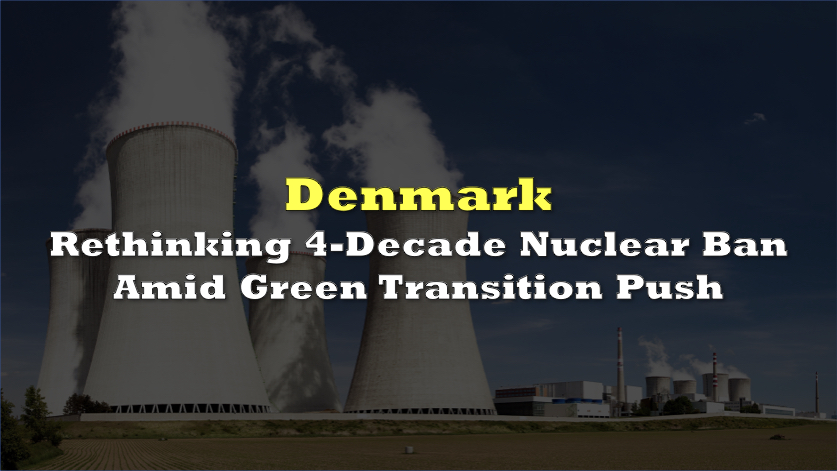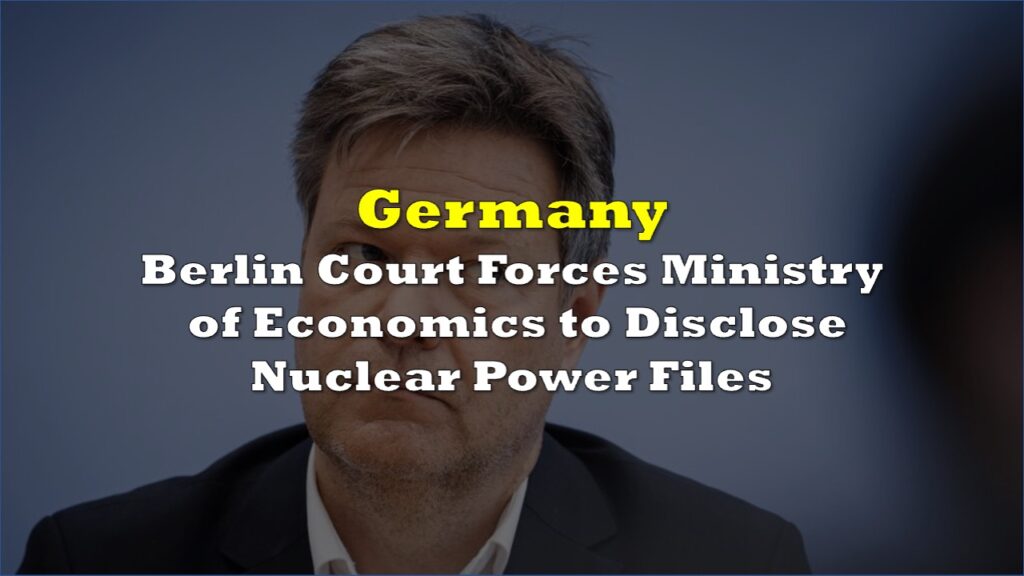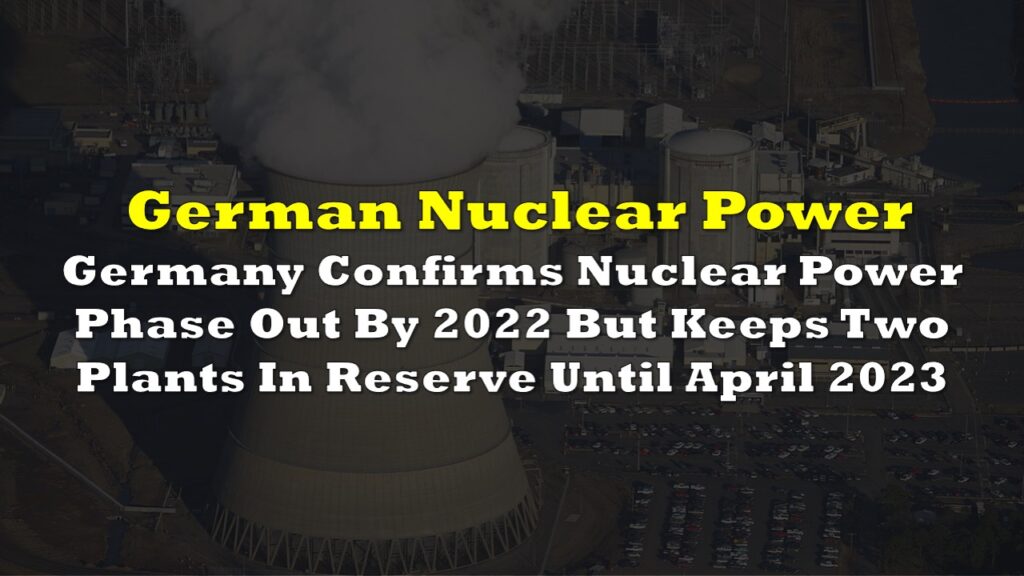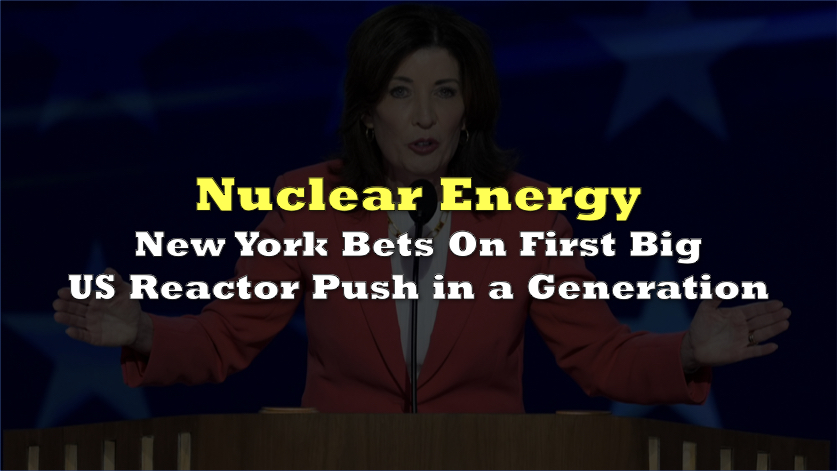Denmark’s government is analyzing whether to end its 40-year ban on nuclear power, marking a potential paradigm shift in a nation long synonymous with wind energy dominance.
Climate Minister Lars Aagaard confirmed this week that officials will assess nuclear technology’s role in securing stable electricity supplies as renewable-heavy grids face reliability challenges.
“We can’t have a system based solely on solar and wind—there has to be something else to support it,” Aagaard told lawmakers, emphasizing the need for “overview” before any policy reversal.
The pivot comes as Denmark confronts dual pressures: achieving carbon neutrality by 2045 and managing surging electricity demand. While renewables supply nearly 90% of Danish power—58% from wind alone—the sector shows cracks. Ørsted A/S, the world’s largest offshore wind developer, recently slashed investments amid rising costs and US policy uncertainty. Meanwhile, biomass’s 20% share also faces sustainability scrutiny.

Nuclear’s resurgence in Scandinavia adds momentum. Sweden plans new reactor investments, while Finland’s Olkiluoto 3—Europe’s largest—began operations in 2023. Denmark seems to follow suit with Danish public opinion now tilting toward atomic energy: 55% support ending the ban, up from 46% in 2022.
Aagaard ruled out traditional plants but endorsed small modular reactors, noting their “business opportunities.”
The 1985 ban, rooted in Cold War-era environmental and diplomatic tensions, reflects fading ideological barriers as energy security trumps historical resistance.
Information for this briefing was found via Bloomberg and the sources mentioned. The author has no securities or affiliations related to this organization. Not a recommendation to buy or sell. Always do additional research and consult a professional before purchasing a security. The author holds no licenses.









